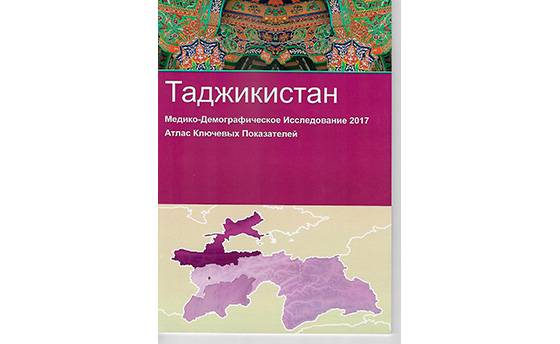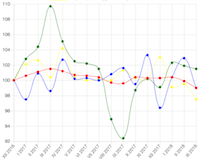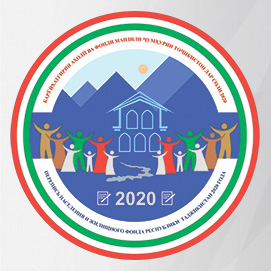
Dushanbe, Tajikistan. The health of women and children in Tajikistanis improving according to the newly released 2017 Tajikistan Demographic and Health Survey (TjDHS). The 2017TjDHS is the second DHS survey conducted in Tajikistan since 2012. The survey results highlight improvement sin child survival and maternal health care. Meanwhile, fertility and family planning have remained stable, and women’s report of spousal violence has increased.
More children in Tajikistan are surviving early childhood than ever before as under-5 mortality has declined. Currently, the under-5 mortality rate is 33deaths per 1,000 live births, a decline from 43 deaths per 1,000 live births in 2012. This means that approximately 1 in every 30children in Tajikistan does not survive until their fifth birthday.

Children’s nutrition has also improved in recent years. Stunting, the percentage of children who are too short for their age, is a sign of chronic malnutrition. The 2017 TjDHS reports that 18% of children under 5 are stunted. This is a marked decline from 26% in 2012. In addition, the percentage of children who are overweight has also decreased, from 6% in 2012 to 3% in 2017.
 Almost all women are receiving care at delivery. As of 2017, 95% of births are delivered with the assistance of a skilled provider, up from 87% in 2012. Similarly, 88% of births are now delivered in a health facility, compared with only 77% in 2012. Still, that means that 12% of births are delivered at home. Almost two-thirds of women are receiving 4 or more antenatal care visits.
Almost all women are receiving care at delivery. As of 2017, 95% of births are delivered with the assistance of a skilled provider, up from 87% in 2012. Similarly, 88% of births are now delivered in a health facility, compared with only 77% in 2012. Still, that means that 12% of births are delivered at home. Almost two-thirds of women are receiving 4 or more antenatal care visits.
Fertility and family planning have remained essentially unchanged since 2012. Based on the 2017 survey, the total fertility rate is 3.8 children per woman, and 27% of married women are using a modern method of contraception. Eleven percent of women age 15-49 have ever had an abortion.
While the 2017 TjDHS reports progress in many areas, challenges remain. More than one-third of women age 15-49 are overweight or obese, and this percentage has increased since 2012. Ten percent of women have hypertension (high blood pressure), but this rises to 28% among women who are obese. Four in ten children age 6-59 months (42%) and 41% of women age 15-49 suffer from anemia.

he 2017 TjDHS was implemented by the Statistical Agency under the President of the Republic of Tajikistan. The funding for the 2017 TjDHS was provided by the United States Agency for International Development(USAID). Additional funding for the survey was provided by the United Nations Children’s Fund (UNICEF) and the United Nations Population Fund (UNFPA). ICF provided technical assistance through The DHS Program, a USAID-funded project providing support and technical assistance in the implementation of population and health surveys in countries worldwide.
Additional information about the 2017 TjDHS may be obtained from the Tajikistan Statistical Agency, 17 Bokhtar Street, Dushanbe, Republic of Tajikistan; Telephone: 992-372-23-02-45; Email: stat@tojikiston.com.
























































